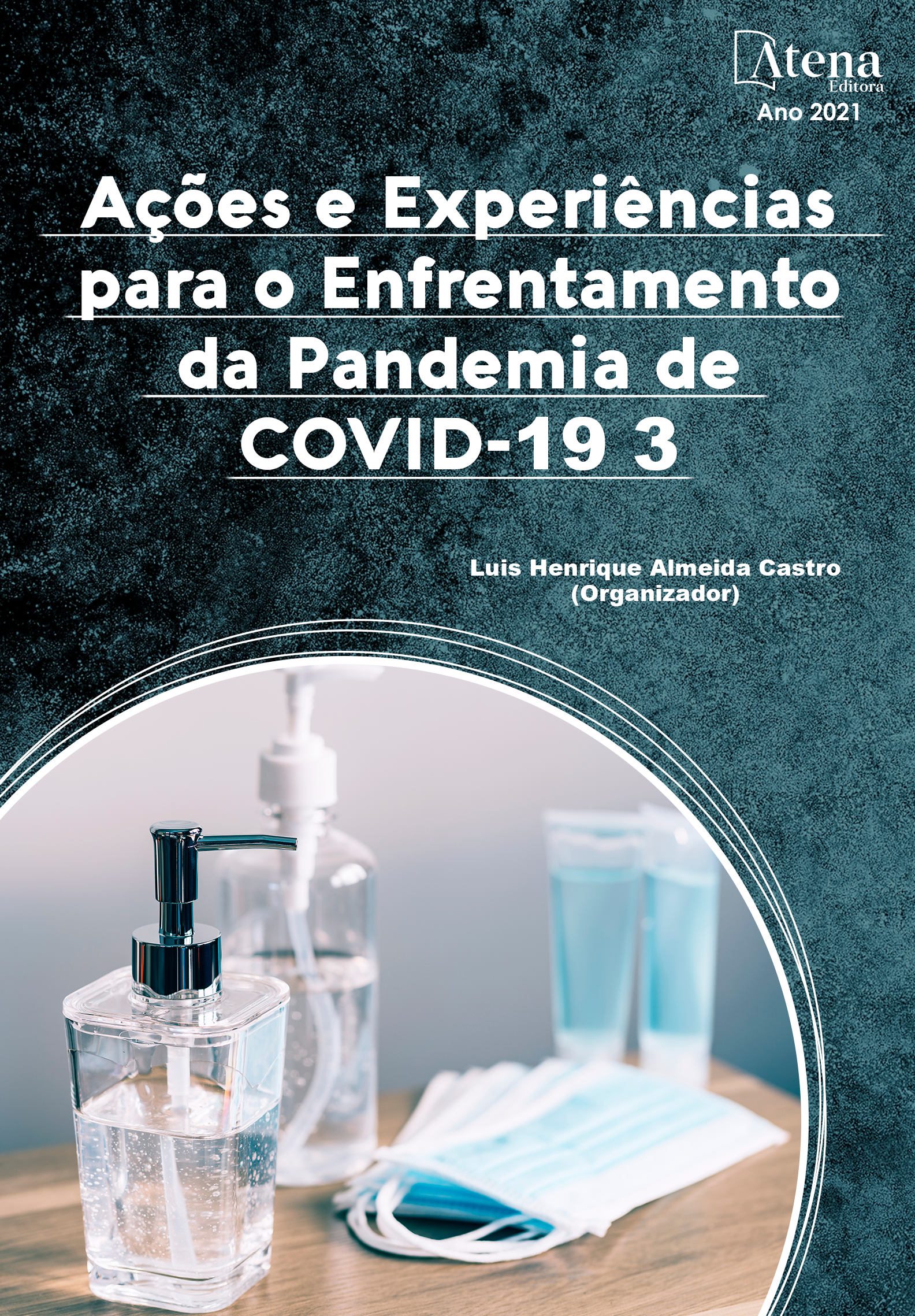
TRANSMISSÃO VERTICAL DA COVID-19: REVISAO INTEGRATIVA
A infecção pelo SARS-COV-2 denomina-se de covid-19, considerada pandemia desde março de 2020. Nos últimos meses, pesquisadores mundiais dedicam-se a estudar os efeitos dessa doença em diversos grupos sociais, tais como no binômio mãe-feto. No que tange à possibilidade de transmissão vertical, nota-se que é considerada discutível. Dessa forma, este estudo tem como objetivo selecionar estudos publicados na literatura mundial acerca dos casos de infecção materna e relacioná-los ou não com a transmissão transplacentária. Trata-se de uma revisão integrativa da literatura, cujos artigos científicos selecionados foram da base de dados PubMed entre os dias 1 de janeiro e 21 de julho de 2020, utilizando o descritor “SARS-COV-2” combinado com “vertical infection”. Neste período, foram publicados 142 trabalhos, sendo selecionados apenas 26 artigos após os critérios de inclusão. O número total de gestantes foi de 941. Em relação ao país de origem das publicações, a China foi o principal. Em relação ao RT-PCR detectável por sítio de infecção, tem-se: nasofaríngeo (27,2%), placenta (6,6%), líquido amniótico (2,7%), leite materno (1,5%), vaginal (0,4%) e cordão umbilical (0,1%). De modo que 1,0% do total de RT-PCR realizados em diferentes sítios de transmissão, de fato tiveram RT-PCR positivos. Em relação às sorologias maternas, houve 210 coletas de IgM, 2,8% positivas, e 207 de IgG, 3,8% positivas. Em relação aos recém nascidos, foram realizados 151 RT-PCRs dos swabs, com positividade em 5, ou 2,0% deles, Ademais, 127 dos recém nascidos não tiveram o RT-PCR swab coletado. No que concerne as sorologias, foram realizadas 27 das quais 1, ou 3,7%, apresentou IgG positiva e IgM negativa, e 2, ou 7,4%, apresentaram IgG e IgM positivos. Embora a literatura científica demonstre casos isolados de possíveis transmissões transplacentárias, infere-se que são necessários mais estudos para confirmar ou não a transmissão vertical ou possíveis alterações causadas pelo vírus.
TRANSMISSÃO VERTICAL DA COVID-19: REVISAO INTEGRATIVA
-
DOI: 10.22533/at.ed.53121170625
-
Palavras-chave: Covid-19; vertical transmission
-
Keywords: Covid-19, vertical tranmission
-
Abstract:
SARS-COV-2 infection is called covid-19, considered a pandemic since March 2020. In recent months, world researchers have devoted themselves to studying the effects of this disease in various social groups, such as the mother-fetus binomial. With regard to the possibility of vertical transmission, it is noted that it is considered debatable. Thus, this study aims to select studies published in the world literature on cases of maternal infection and to relate them or not to transplacental transmission. This is an integrative review of the literature, whose selected scientific articles were from the PubMed database between January 1 and July 21, 2020, using the descriptor "SARS-COV-2" combined with "vertical infection". During this period, 142 papers were published, and only 26 articles were selected after the inclusion criteria. The total number of pregnant women was 941. In relation to the country of origin of the publications, China was the main one. Regarding rt-pcr detectable by site of infection, there are: nasoarcheal (27.2%), placenta (6.6%), amniotic fluid (2.7%), breast milk (1.5%), vaginal (0.4%) and umbilical cord (0.1%). So that 1.0% of the total RT-PCR performed at different transmission sites, in fact had positive RT-PCR. Regarding maternal serologies, there were 210 IgM collections, 2.8% positive, and 207 IgG collections, 3.8% positive. In relation to the newborns, 151 RT-PCRs of the swabs were performed, with positivity in 5, or 2.0% of them, in addition, 127 of the newborns did not have the RT-PCR swab collected. Regarding serology, 27 of which 1, or 3.7%, had positive IgG and negative IgM, and 2, or 7.4%, had positive IgG and IgM. Although the scientific literature demonstrates isolated cases of possible transplacental transmissions, it is infering that further studies are needed to confirm or not vertical transmission or possible alterations caused by the virus.
-
Número de páginas: 14
- Aline Maria Fatel da Silva Pires
- Rafaella Maria Bezerra Pinheiro Custódio
- José Ismair de Oliveira dos Santos
- Geanderson Santana da Silva
- Paula Vilela Gherpelli
- Monique Carla da Silva Reis
- Ingrid Rocha Antunes


